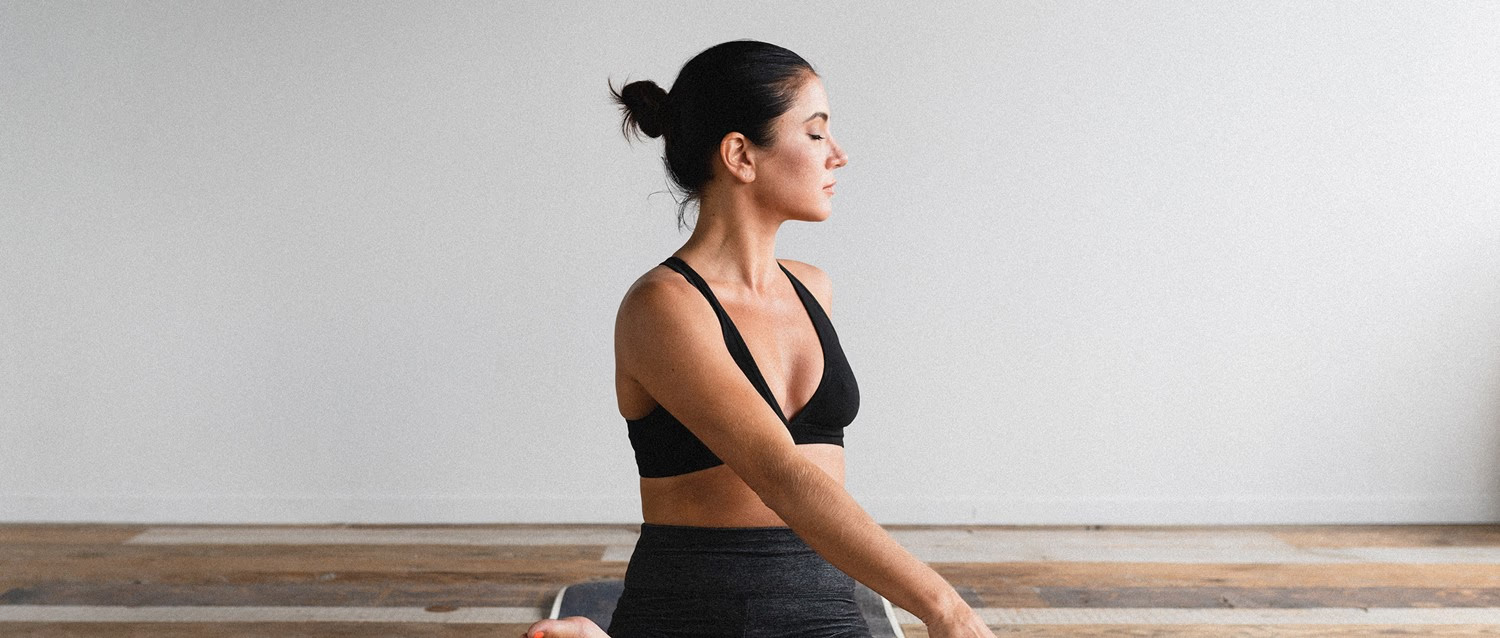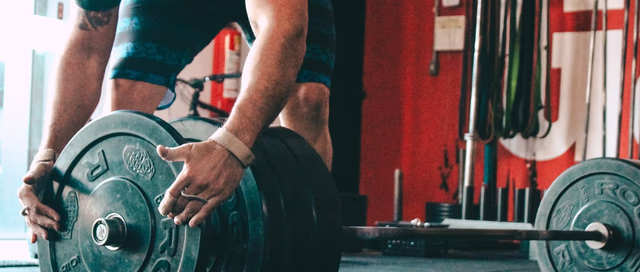
The breathing techniques to try if you have anxiety
Peer reviewed by Dr Sarah Jarvis MBE, FRCGPLast updated by Abi MillarLast updated 15 Aug 2019
Shallow, rapid breathing is one of the key physical symptoms of anxiety. This means deepening and controlling your breathing can be an effective means of calming yourself down.
In this article:
If you deal with anxiety, you're probably aware it's as much a physical condition as a mental one. During a bout of anxiety, the body goes into 'fight or flight mode', responding to the perceived danger with a surge of adrenaline and cortisol. You may experience a faster heart rate, dizziness, hot flushes, sweating, dry mouth, headache and feeling sick.
Perhaps the most obvious physical symptom, however, is changes to the way you breathe. During periods of anxiety - and especially during panic attacks - your breathing will often become shallower, and you may even start to hyperventilate.
As Nicky Lidbetter, CEO of Anxiety UK, explains, shallow or thoracic breathing - as opposed to deep 'diaphragmatic' breathing - is characteristic of anxiety.
"Shallow or thoracic breathing is easy to spot as inhalation is through the mouth, involves holding the breath and generally taking in less air," she says. "Often the shoulders and chest can be seen to be moving. Shallow breathing keeps the body in a cycle of stress, which in turn activates the sympathetic nervous system, getting the body ready for action."
During deep breathing, by contrast, the belly expands on the inhale and flattens on the exhale (if you place your hand there, you'll be able to feel it move).
“This type of breathing activates the parasympathetic nervous system - the part of the nervous system that is responsible for resting and digesting," says Lidbetter. "Diaphragmatic breathing slows the heart rate, which can help reduce feelings of anxiety."
Continue reading below
How breathwork can help
What this means is that 'breathwork' - controlling your breathing - can be a surprisingly effective tool. Since the mental and physical aspects of the equation are so entangled, turning your attention to what's going on in the body can directly benefit the mind.
"Breath is key to dealing with anxiety, both as a first-aid measure and as a daily practice to work towards reduction of the anxiety itself," say Michelle Deane and Jo Gee, a holistic therapist and a CBT therapist respectively at the Luna Hive. "It sounds contrary to consider working with breathwork techniques when we are struggling to breathe properly. But focusing on our breath is an extremely powerful tool to calm things down quickly."
Richie Bostock, otherwise known as @thebreathguy, is a breathwork teacher who teaches classes via the Fiit app. He maintains that working with your breath can help control your mental, physical and emotional state, and points out that using your breath with purpose is the easiest way to affect the parasympathetic nervous system.
"Because breathwork bridges the gap between physical activity and things like meditation and mindfulness, it is very appealing for people who are interested in moving into the meditation space, but find that a little intimidating or challenging," he says. "Breathwork uses breathing patterns, like connecting the inhale to the exhale without pausing between the two. This restores balance to the stress response systems, instantly relieving feelings of anxiety or stress."
Patient picks for Anxiety
Some techniques to try
While there are a number of different breathwork techniques, the common theme is that they concentrate on drawing the breath deeper into the abdomen instead of the chest.
One exercise involves breathing in through the nose for four seconds, holding the breath for two seconds, and breathing out through the mouth for six seconds.
"Place one hand on the chest and another on the stomach. Breathe in deeply whilst pushing your stomach out," says Lidbetter. "The hand on your stomach should move but the hand on your chest should not. As you breathe out, you should feel your stomach going flat. Your chest and shoulders do not move during deep breathing and instead stay still and relaxed. During this exercise, say in your mind: "In 2 3 4, hold 1 2, out 2 3 4 5 6” repeat." Repeat 10 times.
A simpler iteration of this exercise (recommended by Deane and Gee) is to inhale for a count of three, hold for a count of one, and exhale for a count of three. You should breathe through the nose, while staying upright to support opening of the lungs and abdomen.
Alternatively, if you're more experienced with breath control and feel comfortable holding your breath, you could try box breathing - where the breath is broken down into four equal parts, like the sides of a square. (Bostock suggests inhaling for a count of five, holding for a count of five, exhaling for a count of five, and holding for a count of five, repeating the pattern for at least five minutes or until you've felt yourself calm down.)
Continue reading below
Mastering the techniques
Of course, breathing techniques alone are unlikely to 'cure' anxiety, but they can certainly be useful - especially if embedded into your daily routine. Lidbetter says apps such as Headspace (available through the Anxiety UK membership scheme) can be a good place to start.
"Faulty breathing is something that many of us slip into when leading stressful and full lives," she says. "Thankfully it is relatively easy to correct such patterns with practice and commitment. Learning to breathe from the diaphragm is something that anyone who experiences anxiety would benefit from doing and can be enough in itself to reduce anxiety, or can be used as an adjunct to other treatment programmes for anxiety, such as cognitive behavioural therapy (CBT)."
If you haven't attempted these kinds of breathing techniques before, it's best to give them a go when you're not in panic mode. Deane and Gee suggest incorporating them into a meditation practice, which if practised regularly can reap rewards.
"There are also many pranayama yoga techniques known to help with stress and anxiety," they say. "However, it is recommended that these are learned from a qualified teacher. These include alternate nostril breathing and cooling breaths."
Through practising these kinds of techniques regularly, you'll find it easier to deploy them when in a state of panic or stress.
Article History
The information on this page is written and peer reviewed by qualified clinicians.
15 Aug 2019 | Latest version

Feeling unwell?
Assess your symptoms online for free

